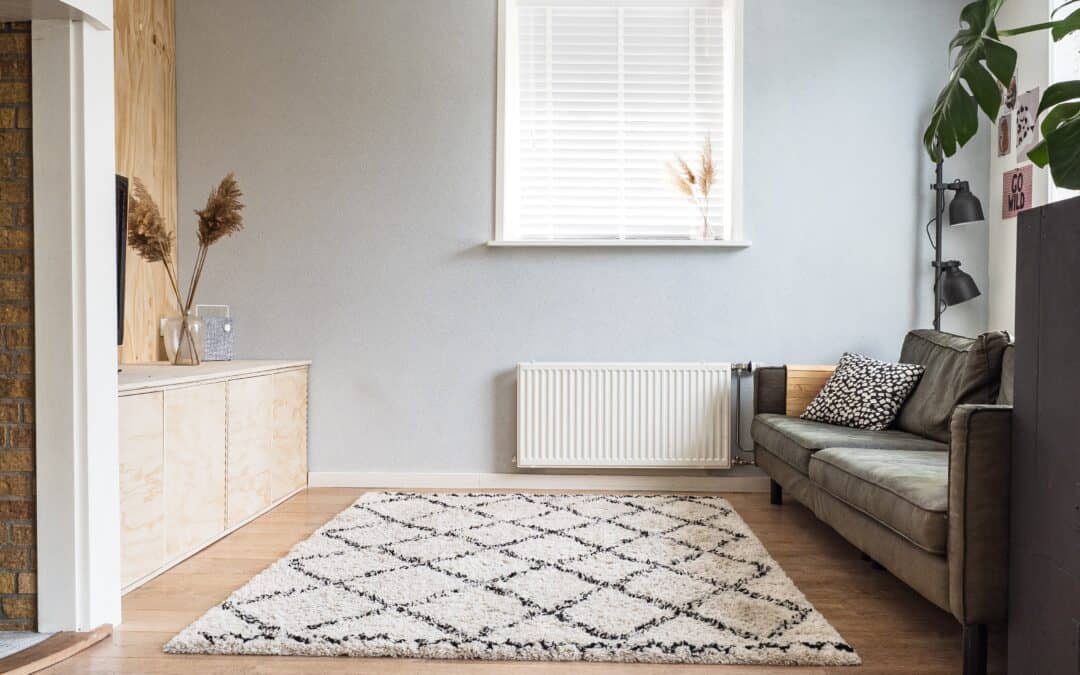How to Choose the Right Flooring Pt. 1
When it comes to deciding the best flooring for your house, there are many questions you should ask yourself:
How much am I willing to spend?
What type of look am I going for and how important is that to me?
How hard of a floor do I want to walk on?
How much maintenance do I want to put into maintaining the floor?
In this post, we hope to begin to address these questions, but because this is a lot to address, we will break it into a multipart series.
In general, when it comes to flooring, different flooring types can be used for different areas, but that by no means indicates that every room should be different. Rather, think of the needs of the different rooms. For example, bathrooms, basements, and kitchens often have a different floor type than the rest of the house because water is used more in these areas and they therefore require flooring that is more resistant to moisture, such as waterproof flooring, tile, vinyl or laminate.
Calculating Cost Effectiveness
Generally, flooring is sold by the square foot, so if you’re putting flooring into a 1,000 square foot space then you will need to multiply the cost of the flooring you’re looking at (for example: 2.00 per square foot) by 1,000 ($2000.00 total).
Another thing to consider when calculating cost is that while many flooring types can be installed without the help of a professional, it certainly isn’t recommended for all flooring types. A bad flooring job can lower the value of your home and be expensive to fix.
Typically, laminate flooring can vary greatly in price, but it still offers many patterns, textures and looks that are in the cheaper spectrum of flooring. Installing laminate, and vinyl, is generally easy to do and therefore cuts the cost of additional help. Carpet is also relatively inexpensive and easy to install.
There are also tile options that are cost-effective. However, tile can be a bit more challenging to install. It is typically quite labor intensive, and difficult to fix if done incorrectly.
Floor Maintenance
Another important thing to consider is the amount of time and work that you want to commit to maintaining your floors.
Generally, vinyl is considered to be one of the lowest maintenance types of floors. This is mainly because the low porosity of the material makes it more difficult for damaging liquids to become trapped in it, and it is generally scratch resistant. It is also relatively easy to clean and care for. Laminate is considered to be a close second.
Other floors, such as carpet or hardwood take a bit more tender-love-and-care. Carpet requires regular steam cleaning, and can be easily damaged with stains and tears, but is also easy to replace because of this. Natural hardwood can be difficult to clean, and is also easily damaged by moisture, which simply means that it requires a bit more care.
We hope this helped clarify some things about what to consider when buying new flooring! Stay tuned for the next part in our series, where we will address questions and concerns for deciding the right look and feel for flooring. For updates on when this might occur, join our newsletter!


Recent Comments